As a manufacturer you’ll likely have experienced the sometimes complex installation, maintenance and safety checks required to maintain and operate legacy equipment alongside new equipment.
It’s normal practice for manufacturing businesses to invest in new equipment piece by piece as replacement becomes necessary and as budget allows, rather than fitting out an entire site with new equipment at once. The result is that at most manufacturing sites new and legacy equipment share the floor. Therefore safety management for the safe use of such machinery becomes an essential part of any manufacturing site’s overall safety programme.
The TEG Risk team have had extensive experience in managing and assessing manufacturing sites where legacy equipment is operating.
In this article we share insights about the challenges this pairing presents for manufacturing businesses globally, as well as outlining the safety programme essentials to keep your team safe.
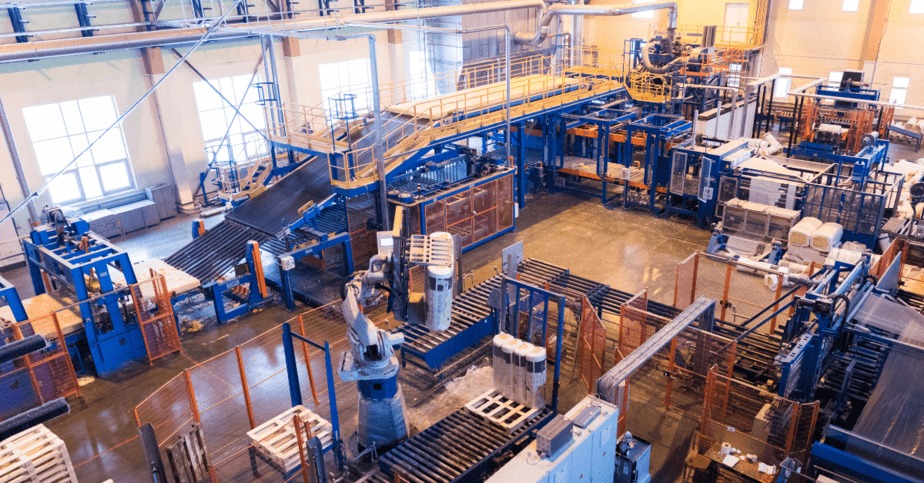
What Is Legacy Equipment?
‘Legacy’ applies to both the age of the equipment, where it may deviate significantly from the latest machine safety standards it should comply with, as well as any changes that have occurred over time (deliberately or otherwise) that contribute to its lack of compliance to safety protocols.
According to Worksafe ALL machinery is ‘reviewed against AS/NZS 4024 or machine specific standards for that piece of machinery, this includes newly purchased/imported machinery, old machinery or retrofitted machinery’. The standards remain the same regardless of the age of the machine. This means if the machine was originally designed in a way that doesn’t meet current safety standards it must be retrofitted to meet the standard, unless that is not reasonably practicable – which is a high bar – and if its safety guard is outdated this must be upgraded to ensure that machinery is compliant.
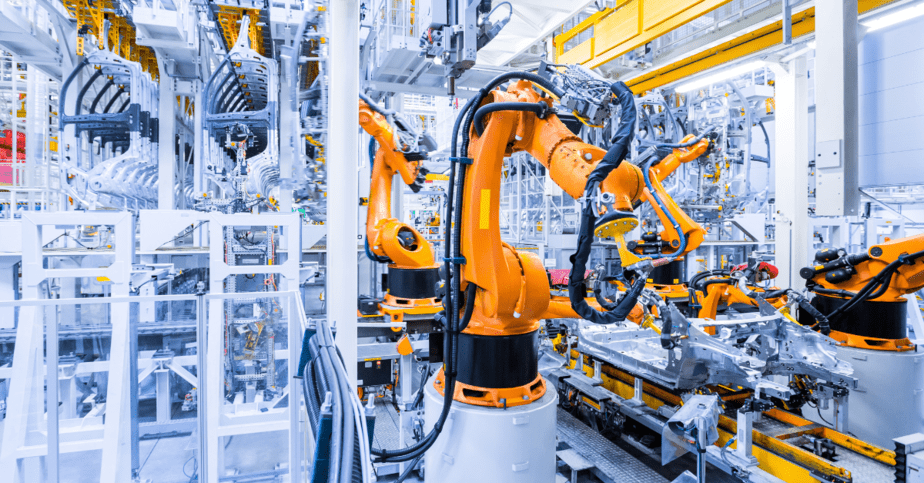
Benefits of Continued Use of Legacy Equipment
The reality is that the proper functioning of a manufacturing business, while underpinned by safety, requires a much broader business perspective. Product quality and production efficiency are also essential for a sustainable business. If your legacy equipment is producing great products at a favourably low cost you’ll want to keep this older equipment operational alongside new equipment for as long as possible. There is quite often a lower capital spend associated with keeping older equipment operational for longer if it is still fit for purpose.
Inherent Challenges of Legacy Equipment
As you might expect, legacy equipment presents greater challenges and more complicated safety characteristics than new equipment.
At TEG Risk, we’ve noticed that safety considerations often require a wider analysis than a traditionally narrow focus on the equipment itself, or the guarding in place. It may be pertinent to take into consideration how long the machine has been on site and the aptitude of its operators. In many circumstances legacy machine risk can be minimised through expertise and hands-on experience. This of course must be tempered with the operator’s perception of risk. Often, through familiarity, this perception is negatively altered, and the perceived risk of the familiar legacy machine is thought to be lower than the reality by those using it. It’s for this reason risk assessments carried out by an external provider can be so valuable for a safety programme.
Organisations also need to balance Health & Safety risks with other risks, simply replacing the machinery to achieve safety compliance may not be economically justifiable. In our experience, unless there are other issues for example very high maintenance costs, it makes economic sense to retain older equipment. Due to these cost efficiencies, as a manufacturer, you are often faced with having to carry out a safety upgrade to a legacy piece of equipment.
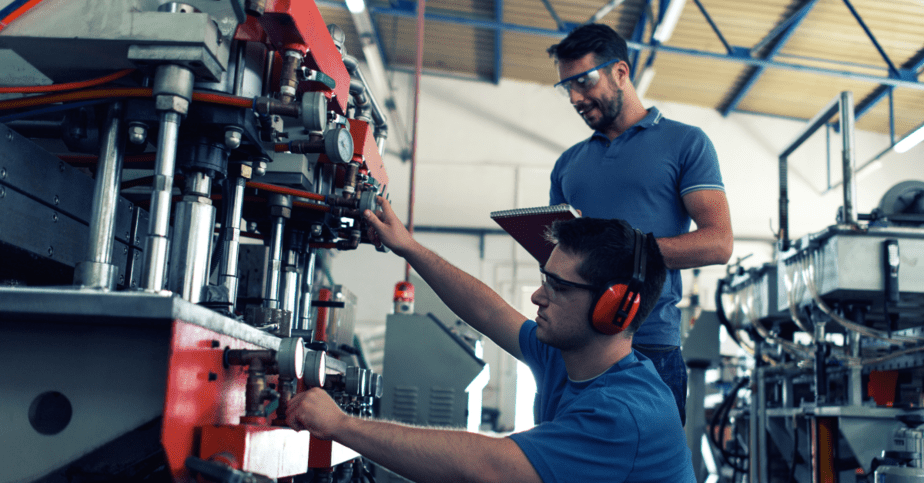
The Role of Risk Assessments in Managing Legacy Equipment
To determine if an upgrade or replacement with a new machine is the right course of action, you must carry out a machine risk assessment.
Safety requirements will be determined by a comprehensive risk assessment and it’s essential this involves the machine operators, maintainers and cleaners. If it’s a true piece of legacy equipment it’s likely it has to be run a very specific way with operators carrying out very specific tasks to maintain the quality and throughput that is so treasured. Without consultation and good design management the safety solutions are likely to end up compromising the machine or be abandoned altogether. We have seen many examples where safeguarding solutions on a legacy machine have been ripped off shortly after installation resulting in wasted cost, and an increased safety risk.
Through a comprehensive risk assessment you’ll be able to determine at least conceptual solutions to safeguard your machinery. From here a competent safety engineer will be able to prepare budget costs to carry out the safeguarding remedial works, after which a feasibility study will ascertain whether to upgrade or replace.

Engaging Stakeholders
If you chose to upgrade your legacy equipment, engagement with stakeholders throughout the design process is essential as you need to consider human factors. As mentioned above the machine operators are all important here, both for their personal proficiency with the legacy equipment and so that they develop an understanding of how the upgrades will modify its use. We suggest simulating modifications as part of the design process. For instance, try things like putting a mock cardboard tunnel guard on a machine to see how it changes operator use. These explorations are an essential part of the iteration process to learn what works and what doesn’t in the relationship between the machine and operator.
Simplicity Over Complexity
We often see an over emphasis on designing or installing sophisticated safety circuits on a machine with less effort around designing and building the right conceptual safeguarding solution. We have even seen expensive Category 4 interlocked gates on machines that concurrently have holes in the fence to allow operators to reach in and make adjustments while the machine runs. It’s so important to focus on getting the right conceptual safeguarding solution – in this instance having the adjustment points extended outside the guard – as it will reduce risk more substantially than sophisticated circuitry.
Doing Something Is Better Than Doing Nothing
Doing something is better than doing nothing! If necessary, do it in stages! We have often heard people say “if we are going to upgrade it we have to do everything to the letter of the law (which might be very expensive) and if we can’t do that we’re better off doing nothing”. In our experience it’s better to do what you can viably, in stages, than doing nothing at all. There is no benefit in continuing on with an unsafe piece of equipment. TEG Risk can help you devise a safety plan, and break it down into actionable and financially viable steps.
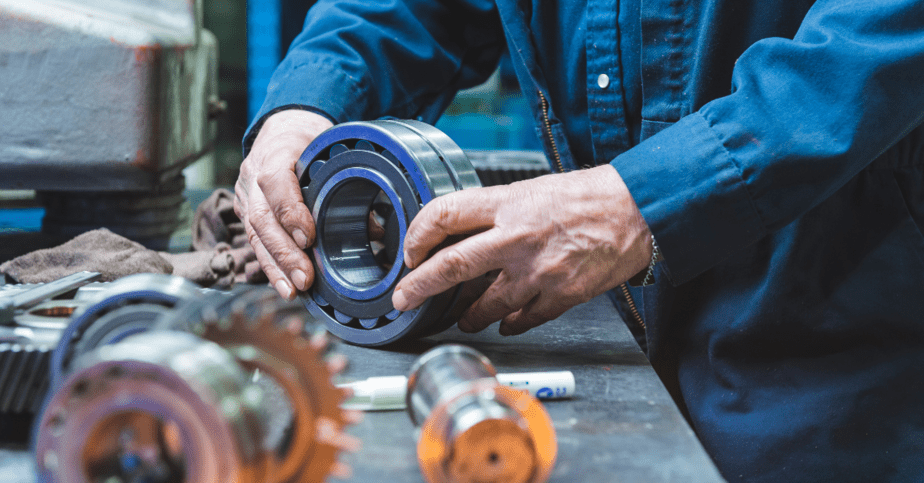
After The Legacy Machine Has Been Upgraded
Having carried out upgrades to your legacy machine you must go through the verification steps. When we verify we look at the upgrade and ask ourselves “Did we build it right?”. Then when we validate we look at the machine and ask ourselves “Did we build the right thing”. These steps are so important.
TEG Risk Has Helped Many Manufacturing Businesses Create Legacy Machine Safety Programmes
We recently helped Alliance Group Limited (AGL) carry out machine safety risk assessment across their entire processing network.
As one of the largest meat processors supplying export markets, this required the evaluation of a mixture of 2800 legacy and new machines and nearly 7000 risks.
The TEG Risk team partnered with MinRisk to tackle this extensive machine safety programme. The cloud-based software was the perfect fit for these sites that operated both new and legacy equipment. The project outputs included not only narrative style reports with referenced photos — providing value for site personnel — but aggregated management information reports/data for safety programme planners.
If you have a manufacturing site operating both legacy and new equipment and you are unsure about safety compliance, reach out to our team today. Together we can design an effective machine safety programme that keeps your equipment compliant and your team safe.

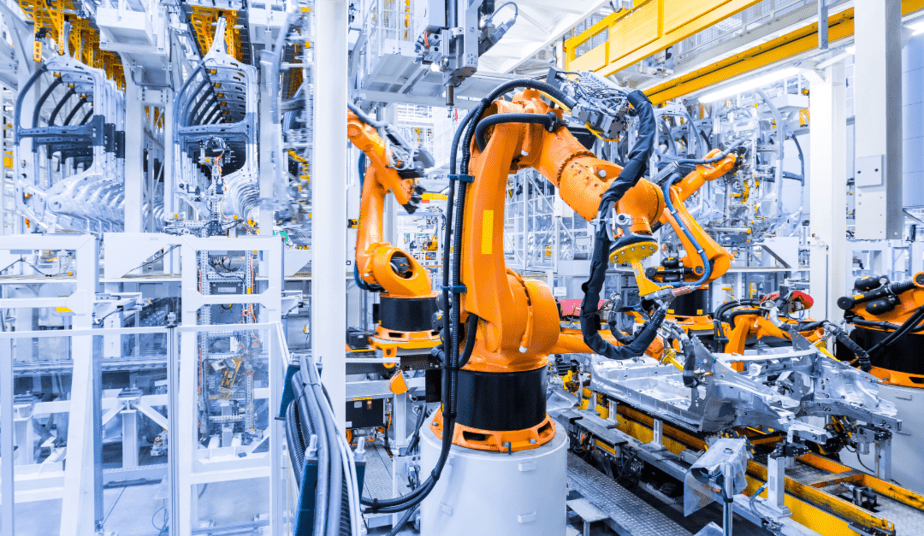

Recent Comments